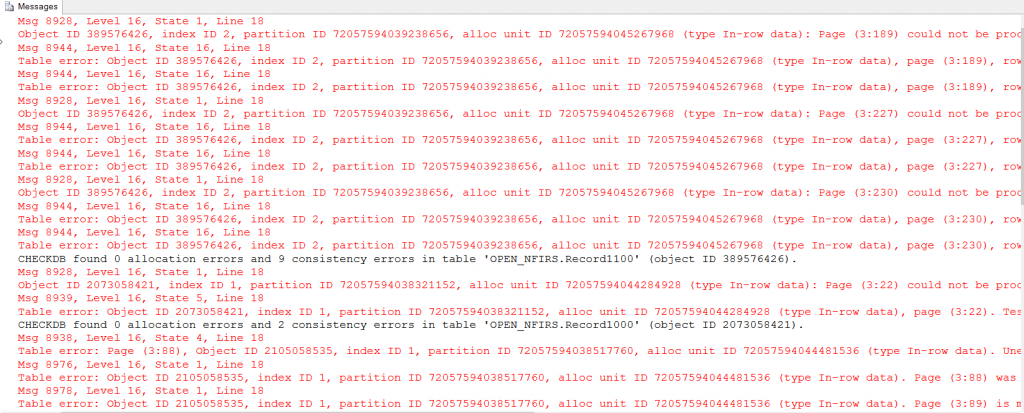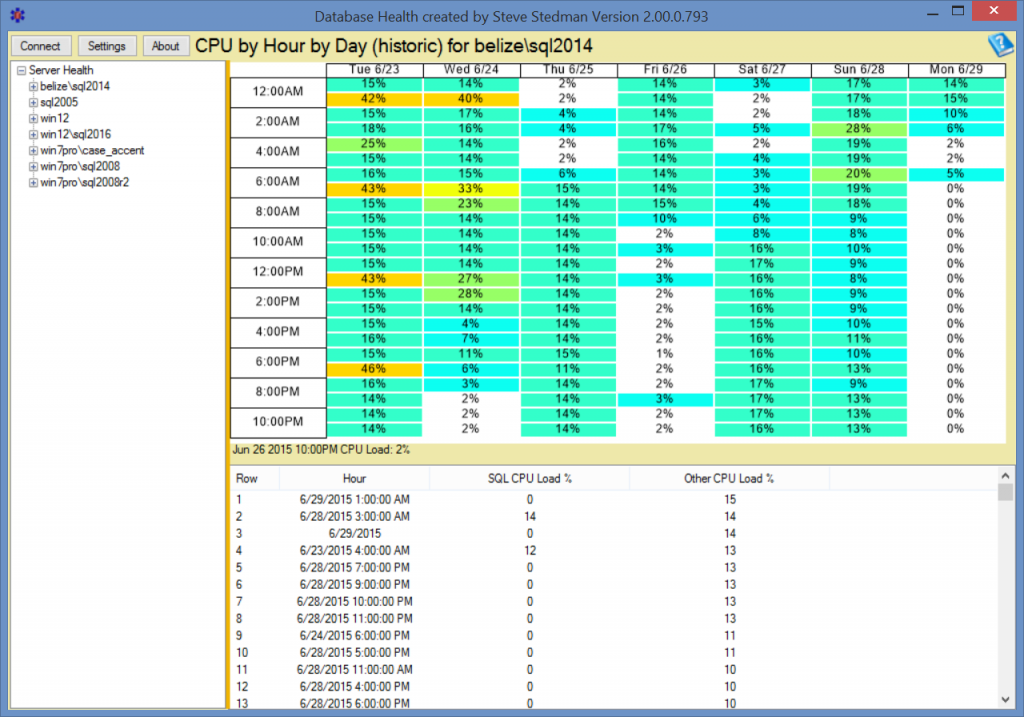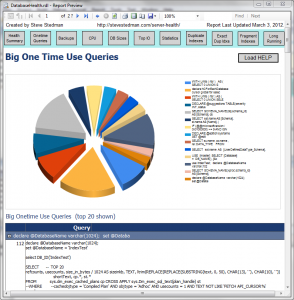Database Corruption Challenge #9
Welcome to the ninth competition of ten in the Database Corruption Challenge. This week I have created a database and then corrupted one or more parts of that database, and your goal is to fix all of the corruption without losing any data. There is a total of 4 points available this week:
One point for being the first person to provide a correct solution with no data loss.Won by Eduardo Rezende.- One point to all who get a correct solution with no data loss.
- One point extra if you get the correct answer before any hints are given.
- One point extra if your solution is correct the first time you submit it to me. (check your work)
For information on scores take a look at the current scores page.
Corruption Challenge General Info
The challenge will be to download the corrupt or somehow damaged database and attempt to recover it. If you can recover it, please send me the steps you used to recover the database, along with some proof that the database has been recovered. The goal each week will be the following:



